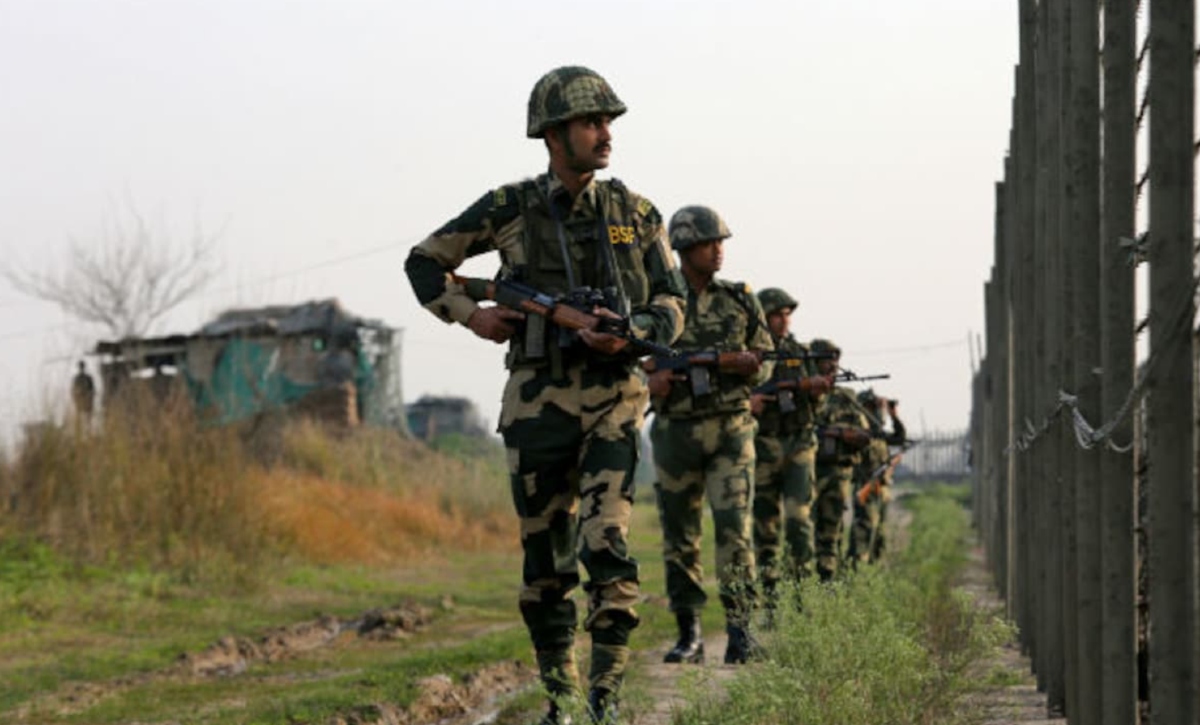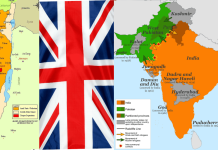Imagine this: Not with missiles (like BrahMos), not with combat jets (like Rafale) — but with rivers — the next great war in South Asia could be fought. Crops failing, cities running dry, populations rioting not over land or religion, but over the simple right to drink, to farm, to live.
For decades, India let its waters flow into Pakistan, even after soldiers bled and citizens fell to cross-border terror. But the attack at Pahalgam may have cracked that dam of restraint.
This time, India’s riposte is not just about bullets or borders.
It’s about rivers, reservoirs, and raw survival.
The future battlefield is being drawn — not on maps, but along riverbeds.
And this time, India is ready to fight smart.
Introduction
The attack at Pahalgam wasn’t just another terrorist incident. It was a cold reminder that the embers of cross-border terrorism have not died down — they smolder beneath the ashes, ready to erupt with deadly consequences whenever the opportunity arises.
In the aftermath, India’s political and military establishment swung into action, not only ramping up counterterror operations but also revisiting a tool of strategic leverage that has often been discussed but rarely actioned: water.
For decades, India’s magnanimity in honoring the Indus Waters Treaty (IWT), even after wars and terror strikes, has been interpreted — fairly or unfairly — as strategic restraint.
But the Pahalgam attack may have been the tipping point. India’s decision to review the water-sharing arrangements and potentially put certain projects on hold signals a major shift.
However, will this sudden action create immediate tremors across Pakistan’s landscape? Will it ultimately benefit India? The answers, like water itself, flow through complex channels.
Immediate Actions Taken Post-Pahalgam Attack
India’s response to the Pahalgam attack has been multi-dimensional:
- Security Crackdown: Increased deployment of troops in Jammu and Kashmir under Operation Trinetra II. Operations now include pinpoint night raids, surveillance drone usage, and coordinated village clearing to flush out any potential infiltrators.
- Diplomatic Signaling: Strong condemnation linking the attack to safe havens across the border. India’s foreign missions have been activated to globally spotlight Pakistan’s continued harboring of terrorists.
- Intelligence Operations: Enhanced signal intercepts, electronic surveillance, and asset activations across the LOC belts. Intelligence-sharing with partner countries has also increased.
- Revisiting Water Leverage: Reviewing India’s obligations under the Indus Waters Treaty. India is exploring options to maximize its legally allowed water usage from western rivers.
India’s Indus Waters Treaty: A History of Unequal Magnanimity
Signed in 1960 under the World Bank’s mediation, the Indus Waters Treaty remains one of the most generous water-sharing treaties globally. Despite being the upper riparian, India allocated 80% of the Indus system waters to Pakistan.
India retained control of the eastern rivers (Ravi, Beas, Sutlej) while Pakistan received the western rivers (Indus, Jhelum, Chenab).
Historically, India continued to maintain water flows even during wars, such as the 1965, 1971, and Kargil conflicts. After each major terrorist attack — whether it was Parliament (2001), Mumbai (2008), Pathankot (2016), or Pulwama (2019) — India refrained from touching the treaty, prioritizing stability over strategic leverage.
It is rare in history for a nation to maintain such restraint despite facing hybrid warfare for decades.

The Water Test: Putting Abeyance Into Effect
Putting water-sharing arrangements in abeyance does not mean violating the treaty outright. India can:
- Expedite the construction of hydroelectric projects permitted under the treaty, such as the Ratle (850 MW) and Pakal Dul (1000 MW) dams.
- Utilize its full entitlement of storage — estimated around 3.6 million acre-feet, much of which remains underutilized.
- Alter the flow timings and storage patterns, impacting Pakistan’s sowing seasons subtly but effectively.
- Delay administrative clearances for new projects that otherwise require bilateral consultations.
Such measures would allow India to operate firmly within its legal rights while reshaping river flows to its advantage over time.
Short-Term Effects: Limited, But Symbolic
On Pakistan:
– Localized flooding or temporary water shortages during sensitive agricultural cycles.
– Heightened psychological pressure, signaling that strategic patience has limits.
– Increased diplomatic campaigns by Pakistan at the United Nations and other forums
On India:
– Potential media blowback and accusations of using water as a ‘weapon’ despite legal adherence.
– No immediate tangible weakening of Pakistan’s terror infrastructure.
– Opportunity to galvanize national sentiment around water sovereignty and river management.
Symbolism matters in geopolitics. Even if tangible impact is delayed, the psychological shift will be immediate.
Long-Term Effects: Tectonic Shifts
For Pakistan:
– Growing water insecurity: Pakistan is already one of the most water-stressed countries in the world. Any new variable would dangerously compound the crisis.
– Economic destabilization: 90% of Pakistan’s agriculture depends on the Indus waters. Disruptions could devastate wheat, sugarcane, and rice production.
– Social unrest: Urban and rural unrest will rise as water shortages intensify, adding to the military’s internal challenges.
– Diplomatic weakening: Repeated complaints without substantial international sympathy could further isolate Pakistan
For India:
– Strengthened hydraulic infrastructure: Fast-tracked dam projects and better river management technologies.
– Enhanced leverage: Water could be used as a calibrated pressure point during future diplomatic standoffs.
– Regional leadership: India’s balanced approach could be showcased as an example of strategic firmness and adherence to the law.
– Environmental stewardship: Careful monitoring of river ecosystems within India will be essential to avoid negative spillovers domestically.

Beyond Water: The Wider Strategic Context
The battle over rivers connects to broader regional dynamics:
- China’s upstream leverage over the Brahmaputra reminds India of how critical water politics have become in Asian geopolitics.
- Pakistan’s internal chaos, exacerbated by water insecurity, could open new vulnerabilities.
- Afghanistan’s fragile hydrology, tied to the Kabul river system, could further regionalize water as a source of instability.
- Global climate change will increasingly link security strategies with water governance. Thus, water must now be treated as part of India’s grand strategy, not just as an environmental or developmental issue.
Conclusion: India’s New Doctrine
The era of passive magnanimity must come to an end.
India’s move to reassess the Indus Waters Treaty signals the emergence of a new doctrine: Strategic Multidimensionality.
No longer will India fight terror only through conventional or surgical means. Every tool—trade, water, technology, information—must now be integrated into an all-domain strategy.
The rivers of the subcontinent will not merely nourish fields — they will shape destinies.
As tomorrow’s wars are fought not just with guns but with control over life-sustaining resources, India must be ready, resilient, resolute, and ruthless when necessary.
The rivers flow. And so must India’s strategy be — unstoppable and inevitable.
- Group Captain MJ Augustine Vinod (Retd), VSM, is a former Mirage 2000 fighter pilot, air accident investigator, and co-founder of AMOS Aerospace. He writes on emerging defense technologies, AI in warfare, and India’s aviation future.
- Views Personal Of The Author
- He tweets at @mjavinod




